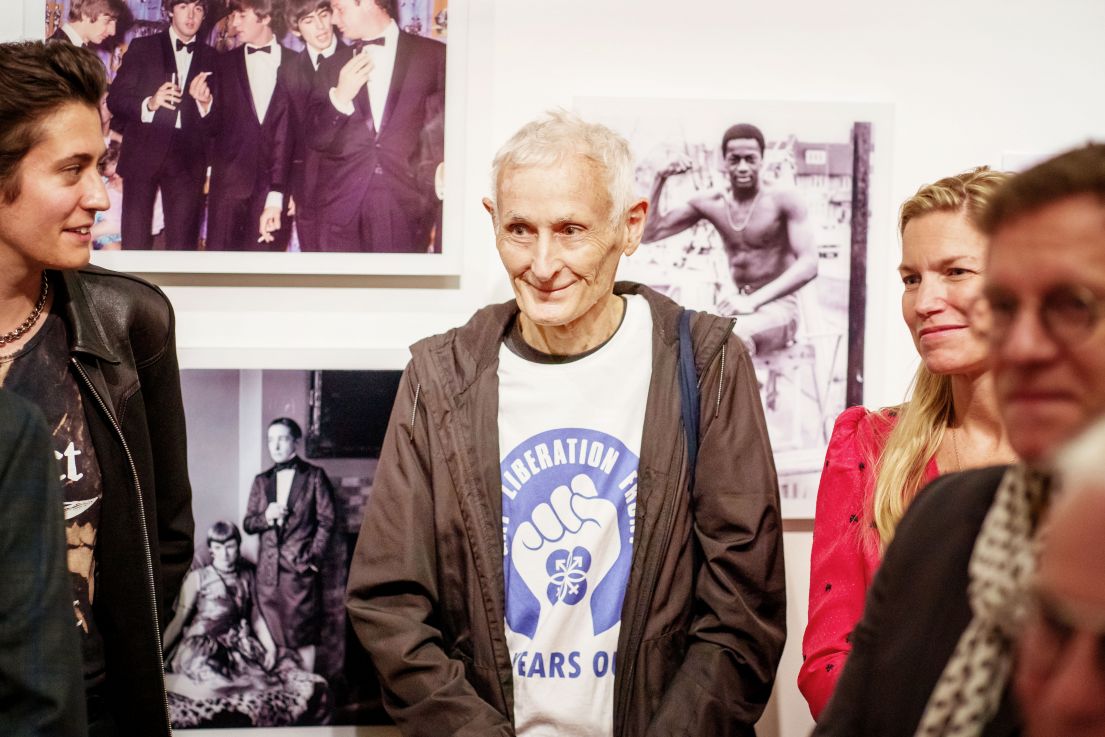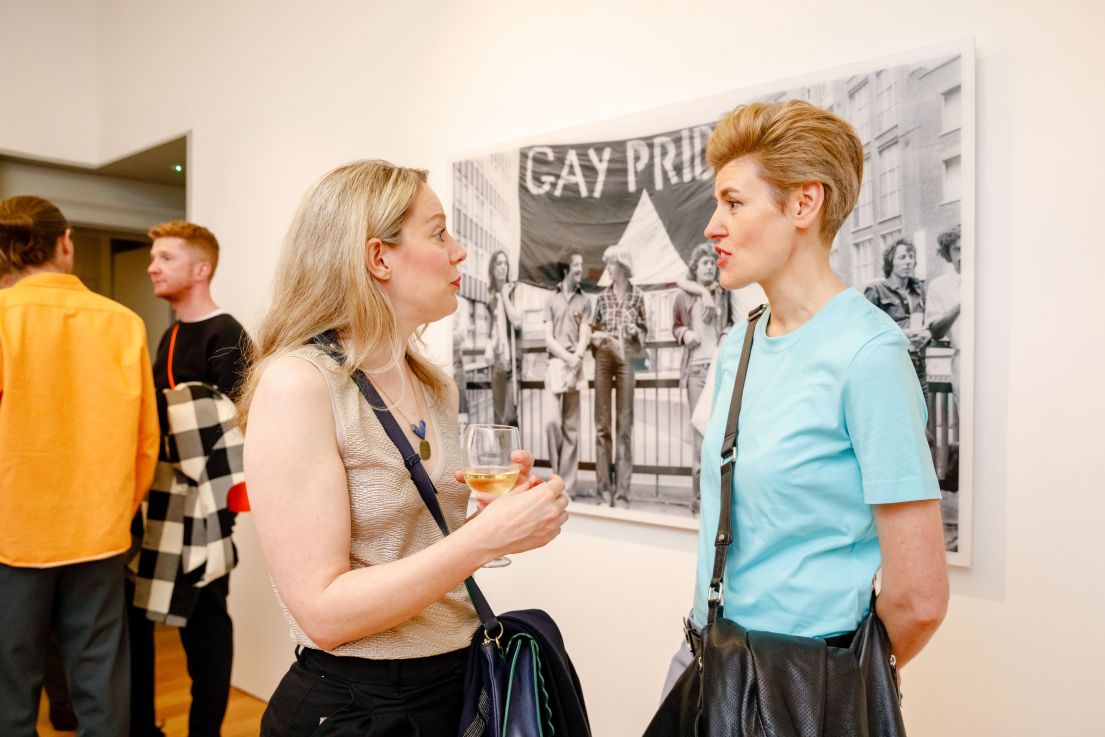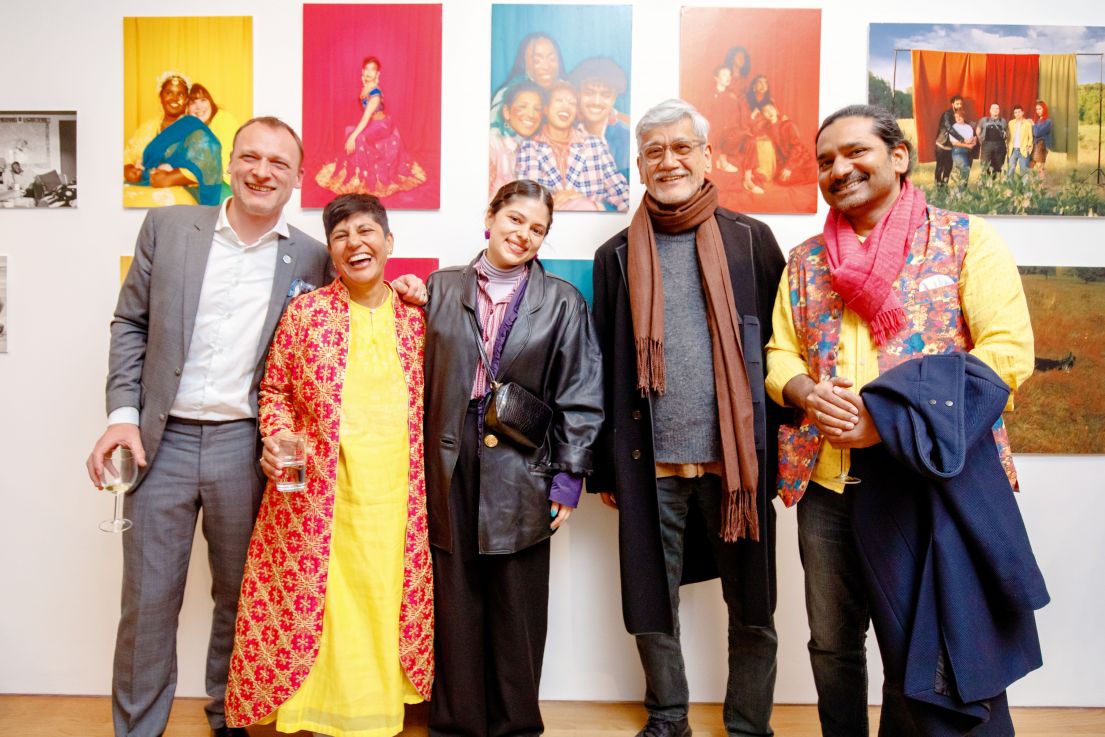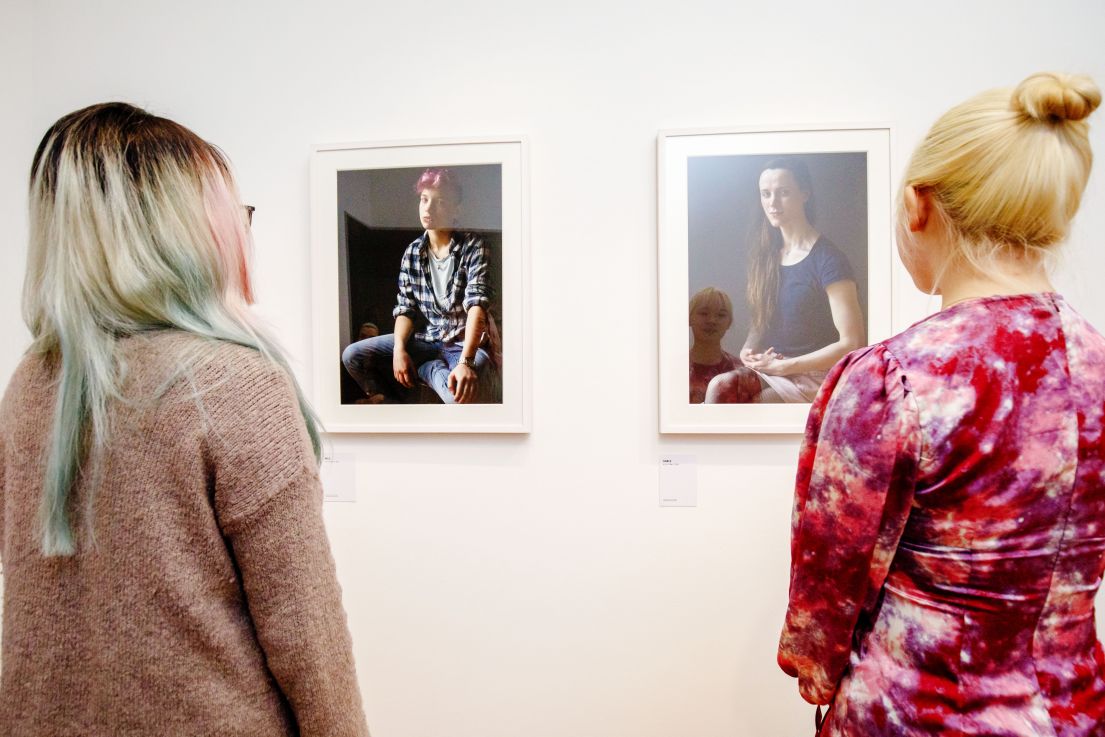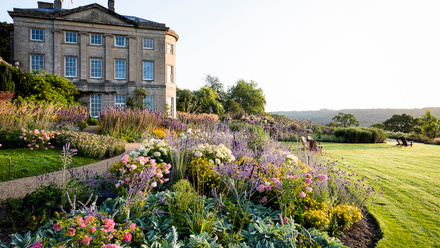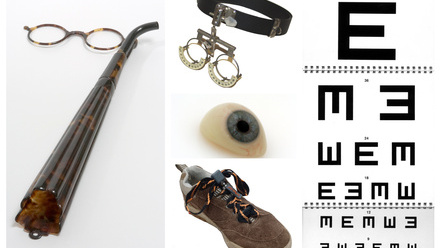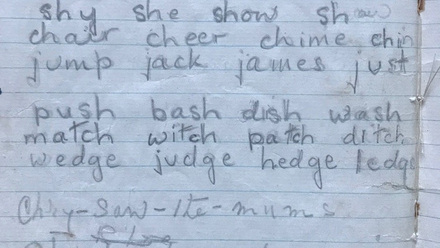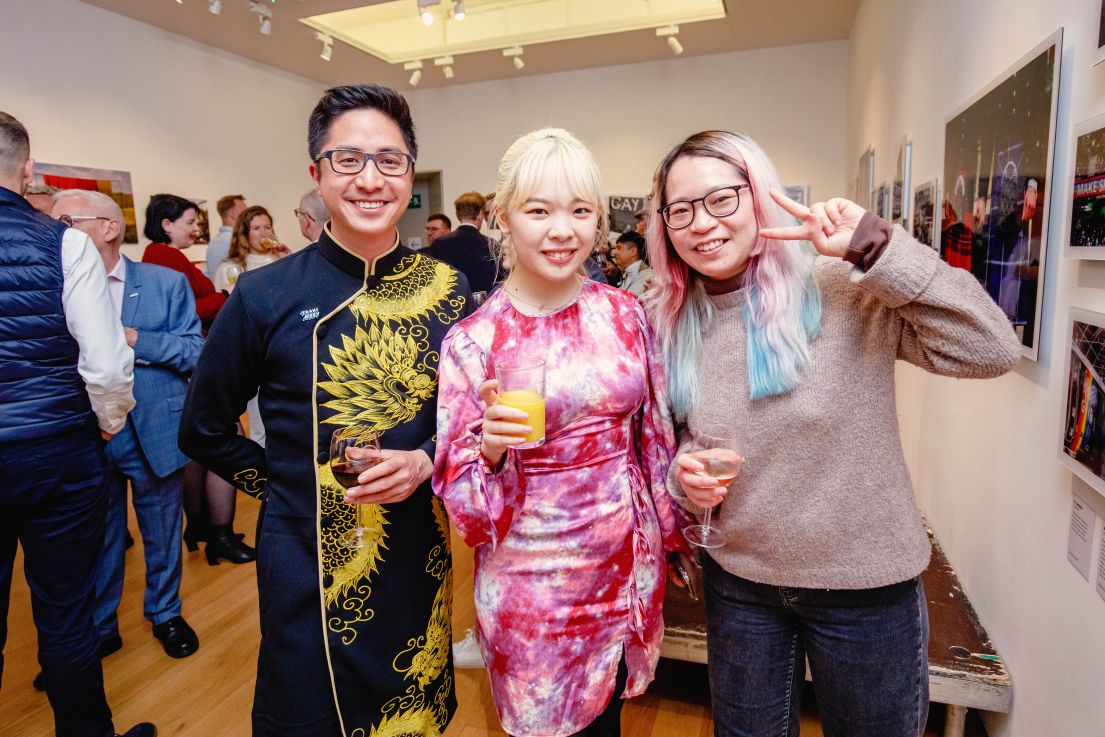
If you’ve yet not heard that Queer Britain has opened at 2 Granary Square, King’s Cross in London becoming the first LGBTQ+ museum in the UK, then what stone have you been hiding under? It’s been so well covered in queer and mainstream press that we were even featured in the Rolling Stone. I have never been, nor will I ever be, that rock ‘n’ roll ever again in my life!
2 hats = double the options!
The museum is the place I wish I had as a boy. It’s where people go to see themselves. It’s been thrilling to speak to visitors and the most rewarding feedback is hearing them say they feel recognised, acknowledged and celebrated. I’d love for you to get that same feeling and feedback.
Switching hats for a moment, in addition to being on the team at Queer Britain, I am also the Project Manager of the Queer Heritage and Collections Network. There are more than 100 organisations involved across the UK, and my work there is about supporting galleries, libraries, archives and museums (GLAMs) in their activities that celebrate queer history and connect LGBTQ+ people to our rich histories. Best of all, it's free to join!
So the good news is if you are looking to research and present queer histories, stories and narratives in your collections, you now know you have two avenues to find support. Both Queer Britain and the Queer Heritage and Collections Network can serve as a hub for information, knowledge sharing as well as peer support. I want students, educators, museum professionals to turn to both organisations as useful resources. Among the teams of the museum and the network are some of the most outstanding researchers in queer history and heritage. Know that there are many others in the sector who have done this before and can help advise and support you.
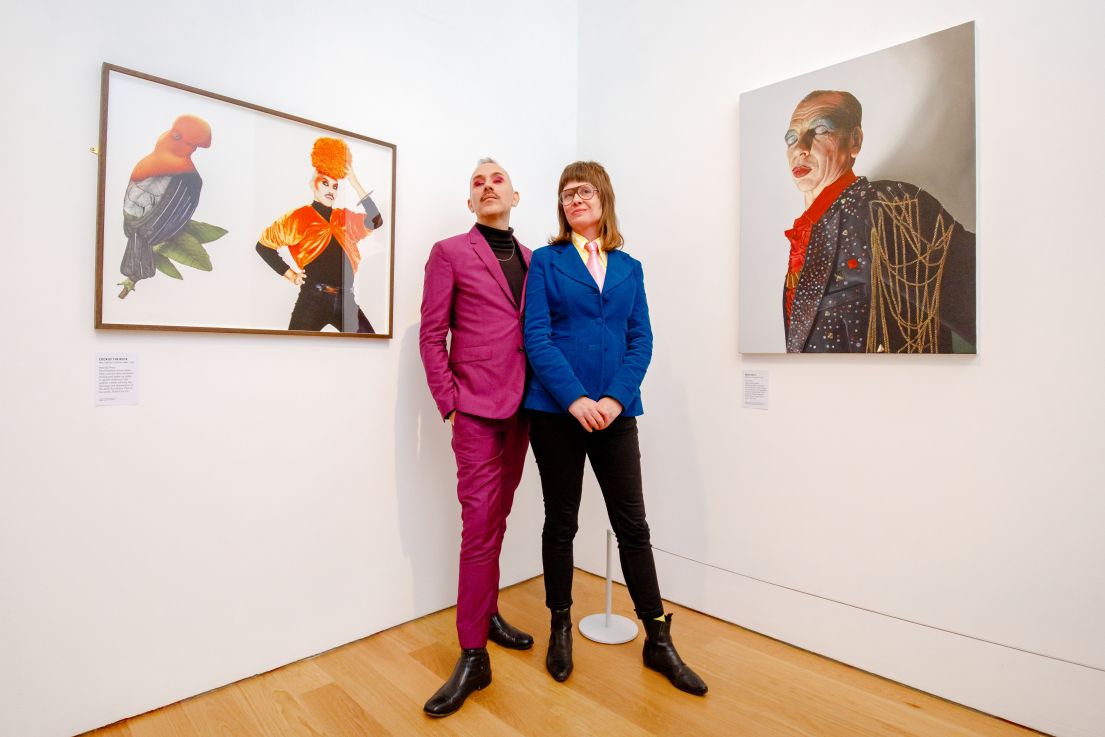
3 highlights for a special year
To give you some inspiration, here are three highlights from the gallery of Queer Britain with photographs on display that I personally find moving:
Ongoing conversations
I’m often asked by collections how can they find objects or stories in their collections which can address issues of pride, queer identity, gender and sexuality in their collections. It often expands into a wider conversation about how do we interpret queer lives? How do we engage audiences creatively? How do we co-curate with queer communities? But I also like people to think about the legacy they will leave behind when the exhibition comes and goes. What lasting change can be made? If you would like support in grappling these questions get in touch with the Network. We’re always happy to listen, advise and help as best we can. We’re a very queer, and very friendly bunch.
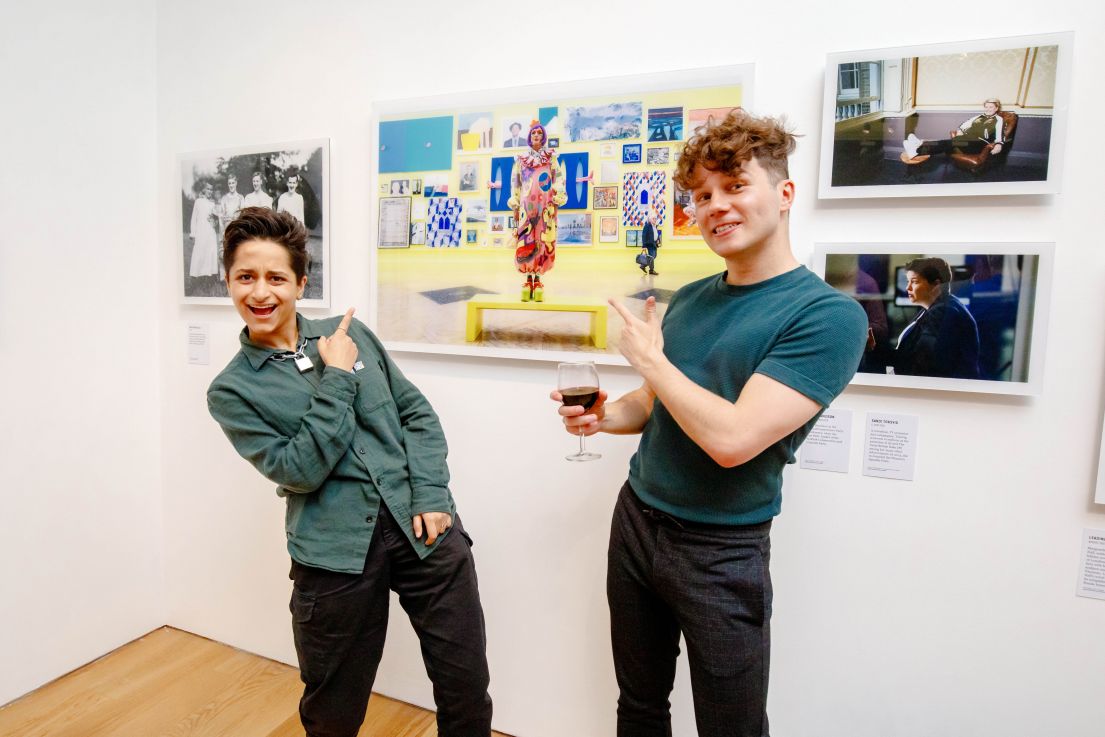
Find out more
Read more LGBTQ+ History stories on our previous posts:
- A 40 Year Duet
- Uncovering queer rural histories
- Queer the pier - Community co-creation
- Gilbert & Gordon - Love letters from WWII

